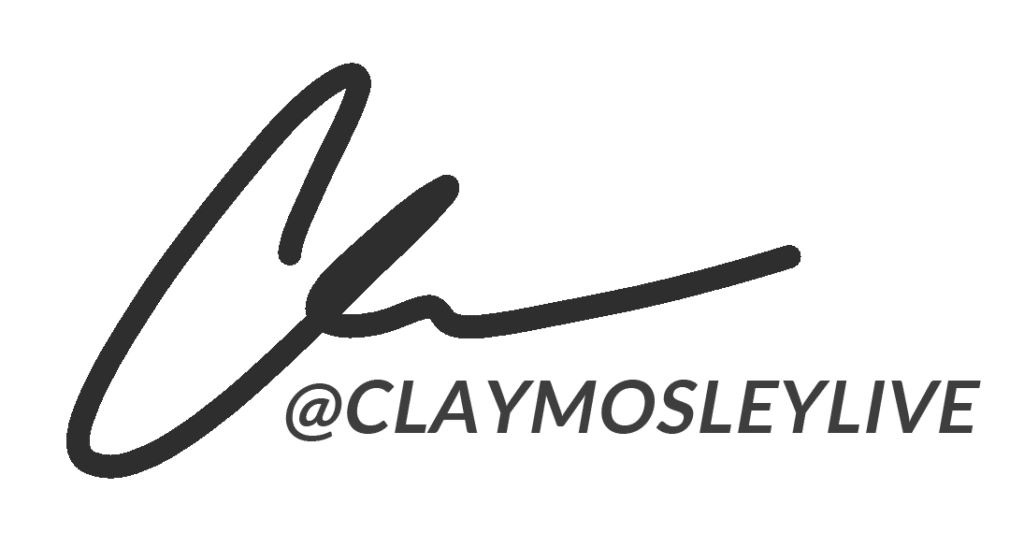When you’re in your first year of your business, the sales cycle is something that is fiendishly difficult to get right. You’re hustling, trying to make things happen – and it’s difficult because you just don’t have any momentum. What this commonly leads to is a feast/famine cycle which we’ve all been through.
You’ll get a sale and business will be good, but then you’ll go into a slump when nothing goes your way. Then a sale, and then a slump. And you cycle back and forth because you don’t have that recurring client base just yet – it’s quite a rollercoaster. This is what’s called the never-ending sales cycle.
When I started my own agency back in 2015, I started as a freelance web designer because that’s what I knew, that was my trade. I was so broke in my first year because I went through this never-ending sales cycle, oscillating between the highs and the lows, but never really finding that consistency that you need for a stable, sustainable business.
I would do all of this work to get that sale, and then would shift straight away into client work mode to actually complete the task. But when I did this, my sales prospecting would go out the window. I would go above and beyond to deliver on the client work, only to return again to a blank slate on the sales side once I was done. I would have to start all over again trying to get that next client. It killed the momentum every time.
Luckily, I think I’ve figured out how to stop with this feast/famine mentality and I’m here today to share that with you so you don’t have to suffer in the same way that I did.
The MRR Formula
MRR stands for Monthly Recurring Revenue, and the formula itself has three parts:
1. Remove every single pain point that your clients experience.
In order to win that recurring work you have to do everything you can to eliminate all the obstacles and objections that a client might use to not sign up with you. Spend the time needed to understand all the pain points and then create solutions that tackles every single one of them.
I have no idea why people don’t do this more often – it just seems like a no-brainer to me. If every pain point is dealt with, the sale becomes automatic. You have to become so good that they can’t ignore you.
As an example, when I was a web designer, one of the big pain points that clients had was having to dish up thousands of dollars upfront for the project. The status quo in the industry at that time was a 50% deposit upfront and then the balance was due after the work was completed. By removing this pain point, it changed the entire interaction.
Another pain point that I removed was those long-term contracts that clients hated. I wanted people to stick with me because they valued my work, not because they signed on the dotted line months and months ago.
2. Make everything you do into a monthly recurring value proposition.
If you typically charge a one-time fee for work that you do, have you ever sat down to think about how you could turn that into a regular thing? How do you turn it into a subscription? I’d bet that if you gave it some thought, you could find a way to transform that one-time job into a monthly recurring project that would deliver consistent revenue.
We’ve seen this transformation play out in software over the last couple of years as every single vendor has shifted from a once-off purchase to a monthly subscription. It’s a model called SaaS and it’s been revolutionary for the industry.
The beauty of this for you is that even if you go through sales slumps, you’ve still got revenue coming in from your recurring clients which helps to keep your business alive. If you add a new client today and you keep them for the long-term, that compounds over time and you continue stacking that value. It’s magical.
Another key benefit is that it makes it much easier to plan out your business. Every business owner needs to be making decisions based on where they want their business to be, not where its currently at. With an MRR focus, you’ll know how much money is coming through your business and you can make much smarter long-term decisions because you can be proactive and ahead of the game. You’ll find it much easier to forecast what your business is going to look like in a year’s time – and you can make the right moves to prepare for that.
3. Provide outstanding service.
None of this works if you aren’t performing really outstanding service for your clients. Customer service is the key to maintaining long-term MRR clients. One of my pet peeves is companies who claim that they have the best customer service in the industry even though they do the exact same things as everyone else. You have to go far above and beyond what everyone else is doing.
You’ve got to go three levels above the competition and surprise your client with how seamless the whole experience is. You have to understand what your client’s expectation is and then exceed those in a big way. There’s that beautiful moment where you catch them off guard and they can’t believe just how good the service is. That’s when you keep them for life.
—
So, if you want to scale your business and build some stable cashflow that comes in every single month, use this 3-step MRR formula and you’ll be off to the races. By shifting your mindset and doing the work necessary to execute on this strategy, you’ll take your business to a whole new level and escape the feast/famine cycle forever


